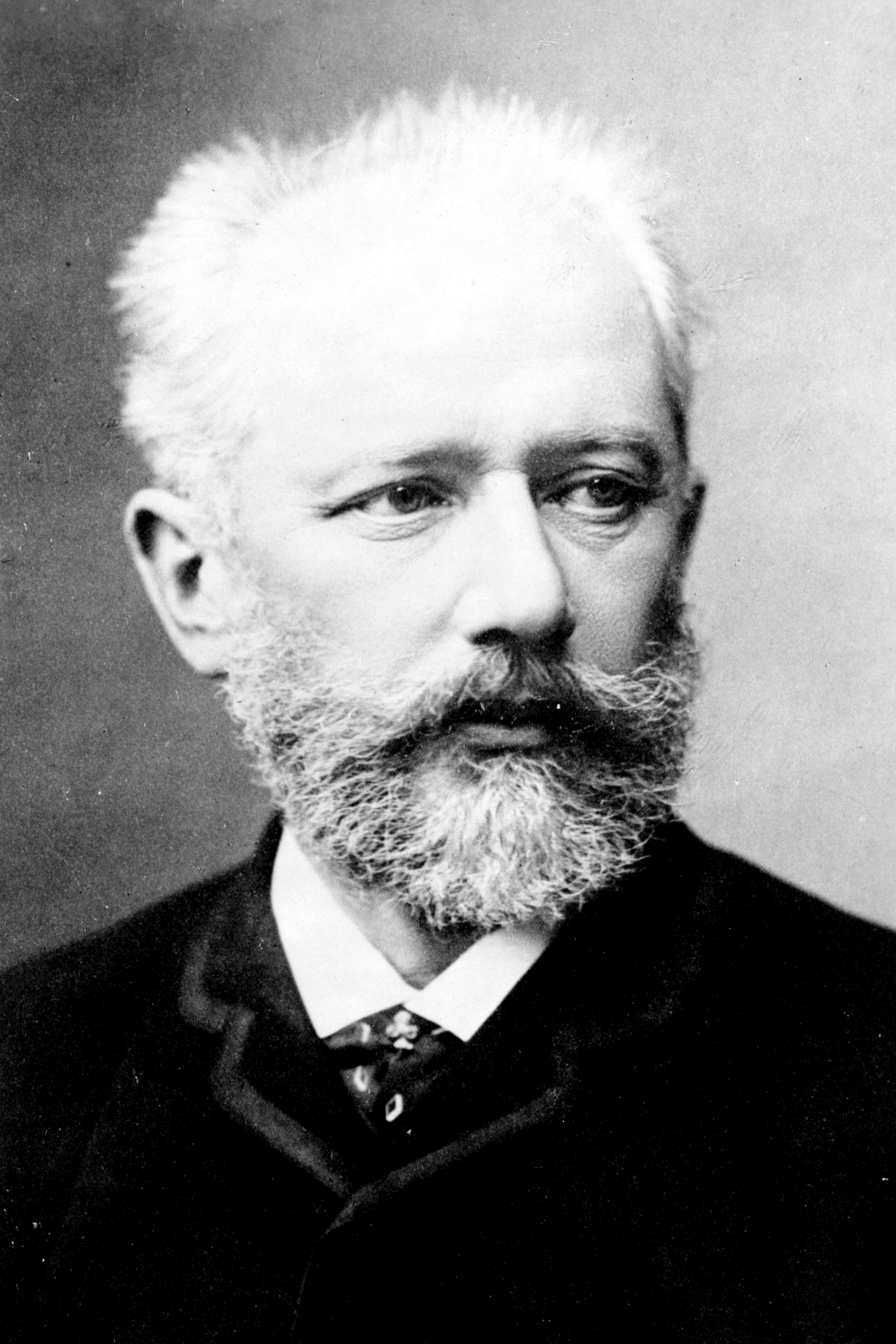Tchaikovsky, Peter Ilich << chy KAWF skee, PYAW tuhr IHL yihch >> (1840-1893), was a Russian composer. He was the first Russian composer whose music became part of the standard concert program in western Europe. Tchaikovsky had a gift for creating memorable melodies and for contrasting instrumental sounds, particularly those of wind instruments.

Slavonic March
Tchaikovsky combined native Russian materials with western European influences. His music contains quotations and other elements of Russian folk melodies. Tchaikovsky’s music contains varied and contrasting moods. The last movement of Symphony No. 6 (1893) projects a dark and sad atmosphere. This symphony is also known as the Pathetique (Pathetic). However, Tchaikovsky’s Slavonic March (1876) and the 1812 Overture (1882) are spirited and colorful examples of nationalism in Russian music. Some of his most original and appealing music appears in his ballet scores, from which he arranged concert suites.
His life.
Tchaikovsky was born in Votkinsk, Russia, on May 7, 1840. From 1862 through 1865, he studied music at the St. Petersburg Conservatory with Anton Rubinstein, a Russian pianist and composer. At the conservatory, Tchaikovsky became the first Russian composer to receive Western-style training in the fundamentals of music.
Loading the player...1812 Overture
In 1866, Tchaikovsky began teaching at the Moscow Conservatory of Music. During the next several years, his early emotional sensitivity developed into long periods of depression. But he wrote some of his most optimistic music during this time. Tchaikovsky was married briefly in 1877. However, he and his wife separated after a few weeks, and he left Russia to travel in Switzerland and Italy.

Swan Lake
In 1876, Tchaikovsky began writing to Nadezhda von Meck, a wealthy widow who admired his music. She offered financial support so he could devote himself to composition. She insisted that they never meet, but for years they exchanged letters. Assured of a steady income, Tchaikovsky left the Moscow Conservatory in 1877 to concentrate on composition. He also began to travel widely. In 1891, he conducted some of his works in concerts in Baltimore, Philadelphia, and New York City. He died on Nov. 6, 1893.
His music.
Tchaikovsky’s six numbered symphonies and his Manfred Symphony (1886) are landmarks in his artistic development. His first three symphonies (written 1866, revised 1874; written 1872, revised 1880; and 1875) are performed less often than the last three. His Symphony No. 4 (1878) is his first success in the symphonic form. Symphony No. 5 (1888) is excellent from the standpoint of formal construction. Symphony No. 6 departed from tradition through its tragic final movement. Other important orchestral works include Italian Capriccio (1880), the fantasy-overture Romeo and Juliet (3rd version, 1886), the symphony fantasy Francesca da Rimini (1877), and four orchestral suites (1879, 1884, 1885, and 1887).
Loading the player...Piano Concerto No. 1, 1st Movement
Tchaikovsky is remembered today outside Russia primarily for his orchestra works. However, he devoted equal attention throughout his career to opera. Of his nine completed operas, only Eugene Onegin (1879) and The Queen of Spades (1890) have gained popularity in the West. Both are based on works by Alexander Pushkin, a Russian writer who died in 1837. Tchaikovsky’s other music for the stage includes three ballets: Swan Lake (1877), The Sleeping Beauty (1890), and The Nutcracker (1892).
Loading the player...The Sleeping Beauty
Tchaikovsky’s Piano Concerto No. 1 in B-flat minor (1875) and his Violin Concerto in D major (1881) are fine examples of the late romantic concerto. He also wrote Variations on a Rococo Theme (1877) for violoncello and orchestra. Tchaikovsky’s many piano works and songs are seldom performed outside Russia. More popular in the West are three string quartets (1872, 1876, and 1877), the Piano Trio in A minor (1882), and a string sextet Souvenir de Florence (written 1890, revised 1892).
Loading the player...Violin Concerto in D major, 2nd Movement
